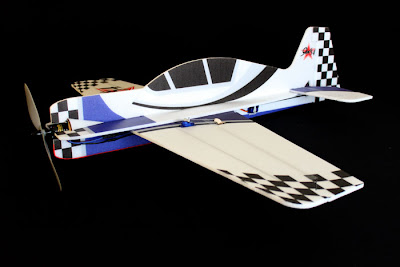Today, me and 4 friends of mine, undergraduate students of Aerospace Engineering in Universiti Putra Malaysia, have started building a small scaled Yak 54 foam model remote-controlled aircraft. A lot more friends are to join. We've started off with soldering the adapters to the cables of electronic components. I used soldering iron 6 years ago when I was studying Form 3 in SMK Telok Panglima Garang. Started off with some bad soldering, later somehow I managed to get the knowledge of soldering back. The friend of mine, Vijayan who is currently a third-year student, was better than me at soldering and helped me throughout the two hours of work today.
Making of remote controlled aircraft or known as RC aircraft/airplane, is being a hobby among people around the world. From young children to older people are involving themselves in this great hobby. A lot of videos, forums, websites and resources are on the internet to teach us how to do a RC aircraft from scratch by our own.
We're having the same passion too. We're going to do it not only as hobby to fill our free-time, but also we shall use this as a medium to understand the theories of flight that are taught to us and also those published on the books.
The main electronic components used for a basic RC aircraft are :- brushless motor, electronic speed controller (ESC), Li-Po battery, receiver module and servos. We're intending to build a classical, single motor with puller configuration, fixed wing aircraft out of compressed foam/ Depron foam.
Tomorrow, I will be posting the images and the specifications of the components and materials that we are using to build it. And I shall be sharing my experiences, project works, aeronautics knowledge and constantly update this blog with the projects' build logs and my future plans. Kindly follow up with me!








